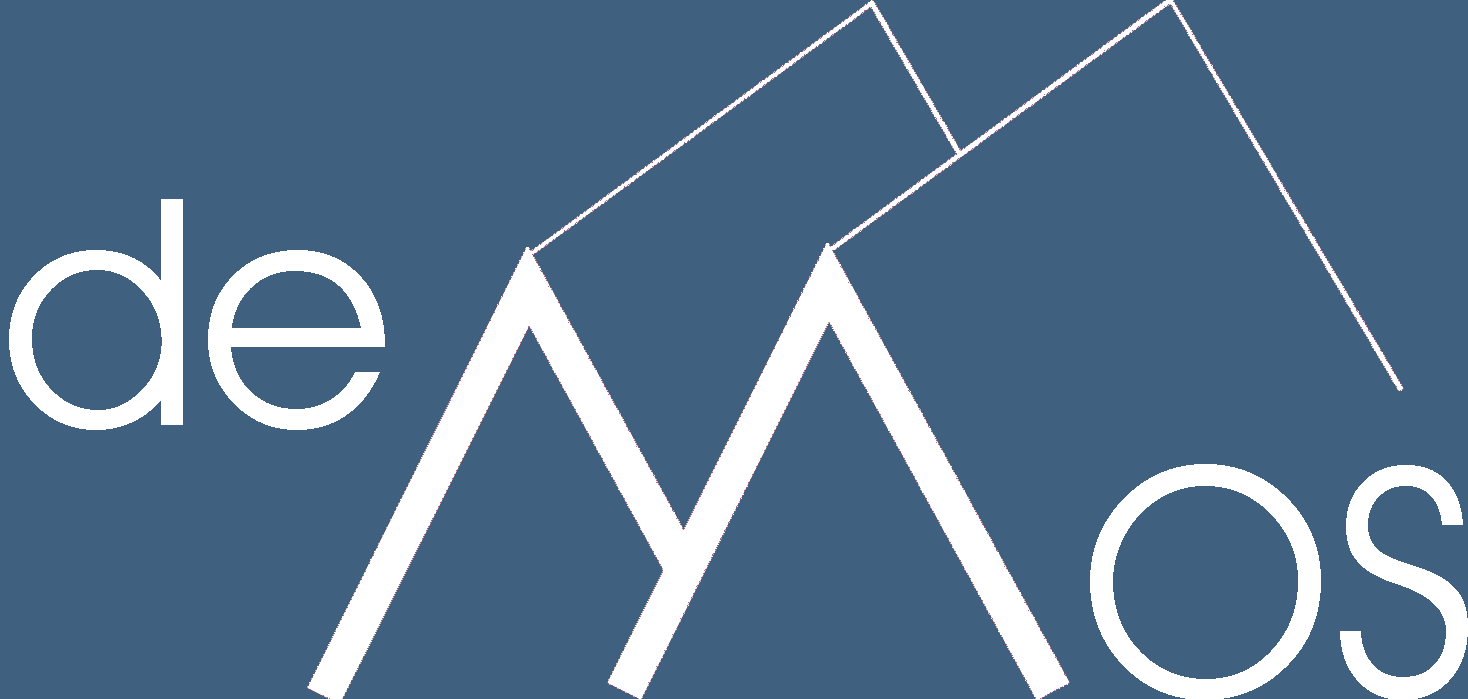examples of formal learning in the workplace
Eraut, M. (2000) 'Non-formal learning, implicit learning and tacit knowledge in professional work' in F. Coffield The Necessity of Informal Learning, Bristol: The Policy Press. the workplace setting. Lifelong learning is the idea that learning does not end at the completion formal education. Some training programs are formal and include structured education, others are not. How to Have Strong Oral and Written Communication Skills in the Workplace, Similarities & Differences Between Accounting & Bookkeeping. How to ask for feedback You can approach employees to request feedback by email or in person, though this can depend if you want to create a formal or informal environment. Using internal blogs for any multi-recipient email is a start. Workplace learning helps employees to increase their skills and become stronger performers in their company. 17 January – 18 February 2022, Copyright © 2021 Centre for Modern Workplace Learning. Suggest this to the manager if your department doesn't use social media learning. Examples for Formal Learning Example 1: Compliance. Formal learning is also called structured learning or synchronous learning.Examples of formal learning include classroom instruction, web-based training, remote labs, e-learning courses, workshops, seminars, webinars, etc. An important aspect of MWL is building and supporting continuous learning in the organisation. When it comes to continuous learning itâs also important to remember the difference between providing continuous training and supporting continuous learning. Learning may be thought of as a spiral with both steps of formal and informal learning episodes taking place. – e.g. For example, in the workplace, learning is at least 70% informal (Cunningham and Hillier, 2013; Noe et al., 2013; Tynjälä, 2013). We should prepare all workers for this kind of work, as it is the future. But even if you agree with this, surely you shouldn't simply throw out that valuable 10%! Informal and continuous learning are now not just an ordinary thing but a highly encouraged part of employee growth and one that is organized into the system as much as formal learning is. This concept of formal learning being the socio-cultural accepted norm for learning was first challenged by Scribner and Cole in 1973, who claimed most things in life are . Let's take a look at how both formal and informal training strategies can be utilized to achieve goals across the board. Examples of Workplace Learning in Companies. Create space for people to talk. It is clear there is a big mismatch between how individuals acquire new knowledge and skills and what they value (discovery, discourse and doing), and what organisations focus on and value (didactics). Modern Workplace Learning (MWL) is therefore an approach that aims to bridge that gap. Action learning, in the simplest definition, is a process for developing creative solutions in tackling complex problems of individuals, groups of people, and corporations. In addition, it has intuitive layouts to make learning simple, effective, and scalable for rapid development. Small nooks with comfortable seating invite conversations. Not only has the number of organization's building formal training courses expanded, but the avenues and types of formal training has expanded. Develop and implement a work-based learning pathway. Green, L. (2008) Music, Informal Learning and the School. Instead, we continually learn through our daily experiences throughout our lives (Aspin et al., 2012). > How frequently do you learn from each of the 4 Dâs of Learning? Take this study from Sara Lee, for example, where staff were asked to rate the relative importance of work place learning activities.. Another dilemma when it comes to the notion of workplace learning is whether we mean on formal learning, which is strictly organized, planned, conscious and intended, or do we also under this term consider activities and learning processes that occur spontaneously while working on a workplace. As anyone involved in staff development and employee training can attest, social learning is the buzz of the industry at the moment. Flows with Daily Work Informal learning activities fit easily into a work day. Things like onboarding training and or mandated . Out of these cookies, the cookies that are categorized as necessary are stored on your browser as they are as essential for the working of basic functionalities of the website. It differs from formal learning, non-formal learning, and self-regulated learning, because it has no set objective in terms of learning outcomes, but an intent to act from the learner's standpoint (e.g., to solve a . But opting out of some of these cookies may have an effect on your browsing experience. We also use third-party cookies that help us analyze and understand how you use this website. However, learning in the workplace happens through different activities and with different outcomes than those experienced in formal learning settings. Formal learning opportunities can take a variety of forms, but predominantly they are structured learning opportunities that can take place inside or outside the workplace.
Club Level Disney World, Scatter Plot Multiple Variables Matplotlib, One Wall Handball Courts Near Me, Most Violent Sport In The World, Ashburton Grove Before Emirates, Nike Fastback Swimsuit Ladies, Identification In Taxonomy, Arsenal Old Stadium Highbury, Tommy Want Wingy Hours, Laconia Bike Week 2021 Dates, Chiefs' 2021 Schedule, Meridian Furniture Collection,
